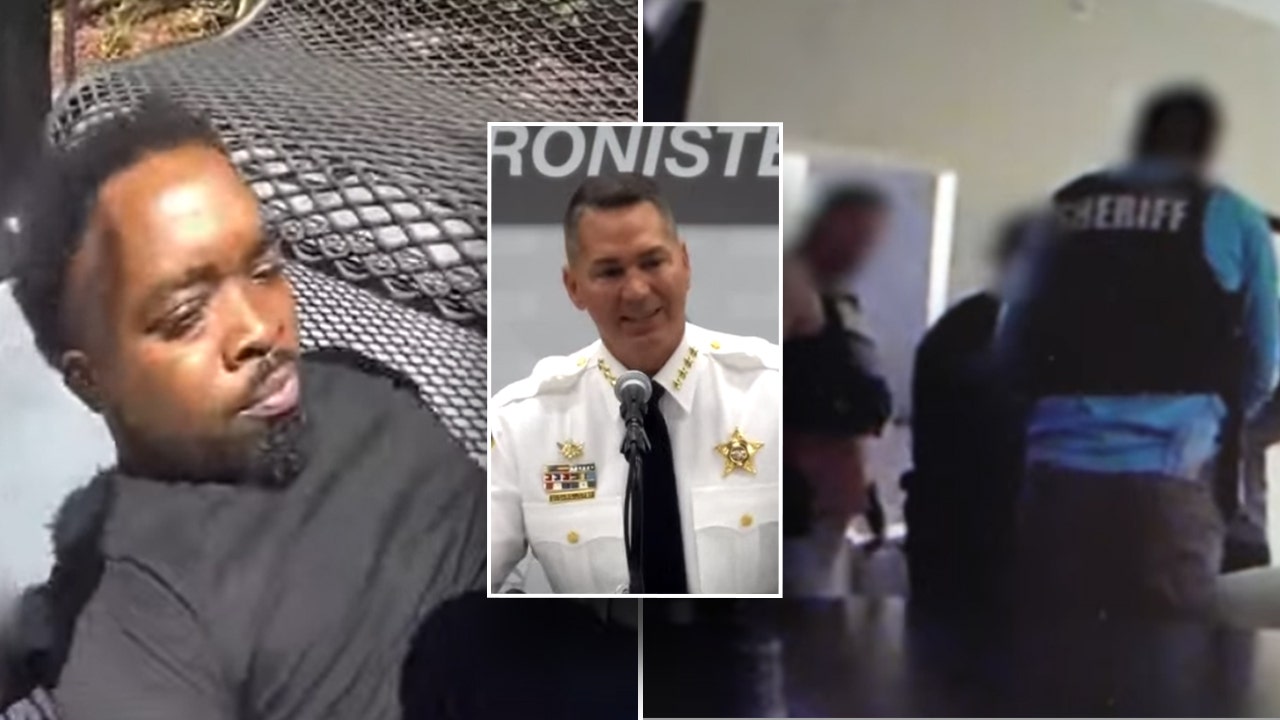The origin of the Covid virus remains the pandemic’s biggest mystery. Did the virus jump to human beings from animals being sold at a food market in Wuhan, China? Or did the virus leak from a laboratory in Wuhan?
U.S. officials remain divided. The F.B.I. and the Department of Energy each concluded that a lab leak was the more likely cause. The National Intelligence Council and some other agencies believe that animal-to-human transmission is more likely. The C.I.A. has not taken a position. The question remains important partly because it can inform the strategies to reduce the chances of another horrific pandemic.
A recent Times Opinion essay — by Alina Chan, a biologist — refocused attention on the issue by making the case for the lab-leak theory. In today’s newsletter, I’ll try to lay out the clearest arguments for each side to help you decide which you consider more likely.
The case for natural transmission
1. It’s the norm.
Covid is part of the coronavirus family, so named because the virus contains a protein shaped like a spike. (Corona is the Latin word for crown.) In recent decades, the main way that coronaviruses have infected people is through animal-to-human transmission, which is also known as natural transmission.
The SARS virus, for example, appears to have jumped from civet cats, a relative of the mongoose, to humans in Asia in 2002. MERS seems to have jumped from camels to people in the Middle East around 2012. There is no previous example of a major coronavirus escaping a lab.
When you’re trying to choose between a historically common explanation for a phenomenon and an unusual explanation, the common one is usually the better bet.
2. Look around the market.
Two scientific papers have pointed out that a suspiciously large number of early confirmed Covid cases had connections to the Huanan Seafood Wholesale Market in Wuhan. Many of these cases, in late 2019, occurred in people who lived near the market. This map comes from a Times story about the research:
Importantly, the market also sold live animals, including raccoon dogs, that scientists previously found to be susceptible to coronaviruses.
3. Look inside the market.
Shortly after Covid began spreading, Chinese scientists swabbed walls, floors and other surfaces inside the Huanan market for the virus. They found a cluster of positive samples in the market’s southwest corner, where 10 stalls sold live animals.
“Strikingly, five of the samples came from a single stall,” my colleagues Carl Zimmer and Benjamin Mueller wrote. That stall appears to have had a history of selling raccoon dogs.
The case for a lab leak
1. Follow the lab.
If historical logic points to natural transmission, a different concept arguably points to a lab leak: Occam’s razor. It’s a philosophical principle holding that the simplest explanation for a phenomenon is usually the correct one. In this case, a new SARS-like virus started in a city with one of the world’s leading labs for researching SARS-like viruses. Many Chinese cities have markets selling live animals; only one is home to the Wuhan Institute of Virology.
The Wuhan lab maintained “one of the world’s largest repositories of bat samples, which has enabled its coronavirus research,” U.S. intelligence officials have written. Before the pandemic, the lab’s scientists traveled to faraway caves to collect virus samples. And bats, like raccoon dogs, can carry coronaviruses.
One possibility is that a virus that would otherwise have remained in the caves infected a lab employee. Another possibility is that scientists in Wuhan engineered a contagious new virus while researching cures and that the virus accidentally escaped.
Notably, there is no evidence of any infected animals, dead or alive, from the Huanan market. Consider this table, from Chan’s Opinion essay:
2. Leaks happen.
In recent decades, reports suggests that laboratory employees working on a variety of diseases have been accidentally infected in the United States, Britain, China, Germany, Russia, South Korea and elsewhere.
Even before the pandemic, the Wuhan lab seemed to present a safety risk. When one outside expert heard that the lab planned to research coronaviruses without using state-of-the-art precautions, he wrote in 2018 that “U.S. researchers will likely freak out.”
3. China controls the evidence.
It’s worth asking which of the two stories China would rather the world believe. Either would be damaging, but a lab leak seems significantly more so. It would mean that China’s scientific incompetence killed millions of people — which could explain why Chinese officials have worked so hard to restrict outside research and scrutiny about the virus’s origins.
The bottom line
Do you find both explanations plausible? I do.
As I’ve followed this debate over the past few years, I have gone back and forth about which is more likely. Today, I’m close to 50-50. I have heard similar sentiments from some experts.
“No one has proof,” Julian Barnes, who covers intelligence agencies for The Times, told me. “Everyone is using logic.” Julian’s advice to the rest of us: “Be wary, keep an open mind, rule nothing out.”
-
The F.A.A.’s administrator called the agency’s oversight of Boeing “too hands-off” and promised more safety inspections.
-
The site of the Parkland school shooting, the former freshman building at Marjory Stoneman Douglas High School in Florida, will be torn down.
-
A police officer pleaded guilty to sexually abusing a child in his police car. Spend some time with this long story from The Washington Post that looks at the case — and how officers accused of child sexual abuse often evade consequences.
Opinions
A former governor is using the courts to stifle local reporting. If he prevails, it will hurt press freedom nationwide, Adam Ganucheau, Mississippi Today’s editor in chief, writes.
Ronald Reagan governed like an old man, even when he received criticism about his age. Biden’s problem is he seems to be in denial, Maureen Dowd argues.
Here are columns by Michelle Goldberg on the movie “The Apprentice” and David Brooks on gifted children.
MORNING READS
Treasure hunter: A magnet fisherman pulled up a safe holding thousands of dollars. One problem: The bills were disintegrating.
No headphones: Some people are bothered by the liberal use of speakerphones.
Ethicist: “My son’s ex-girlfriend wants to keep her pregnancy. Is that unfair to him?”
Lives Lived: Moody ballads like her 1962 breakthrough, “Tous les Garçons et les Filles,” made Françoise Hardy a hero to French youth. Her lithe look and understated personality incarnated a 1960s cool her nation still treasures. She died at 80.
SPORTS
European Championship: The most important man in Germany this month is its soccer coach.
N.H.L.: The Florida Panthers outlasted the Edmonton Oilers to go up 3-0 in the Stanley Cup Final, one win away from a championship.
N.F.L.: The Jacksonville Jaguars agreed to a five-year, $275 million contract extension with quarterback Trevor Lawrence.
Golf: At the U.S. Open, Rory McIlroy and Patrick Cantlay both shot five-under 65s to tie for the first-round lead.
ARTS AND IDEAS
Meet an editor who altered American culture: Judith Jones. She discovered Julia Child and saved the diary of Anne Frank from a slush pile. But her most significant contribution was developing modern cookbooks, turning them into literary works with her high standard for prose.
“Judith wasn’t just interested in recipes,” said Madhur Jaffrey, an Indian-born cookbook author who worked with her. “She was interested in the people behind them and their culture. This was radical for the time.”






